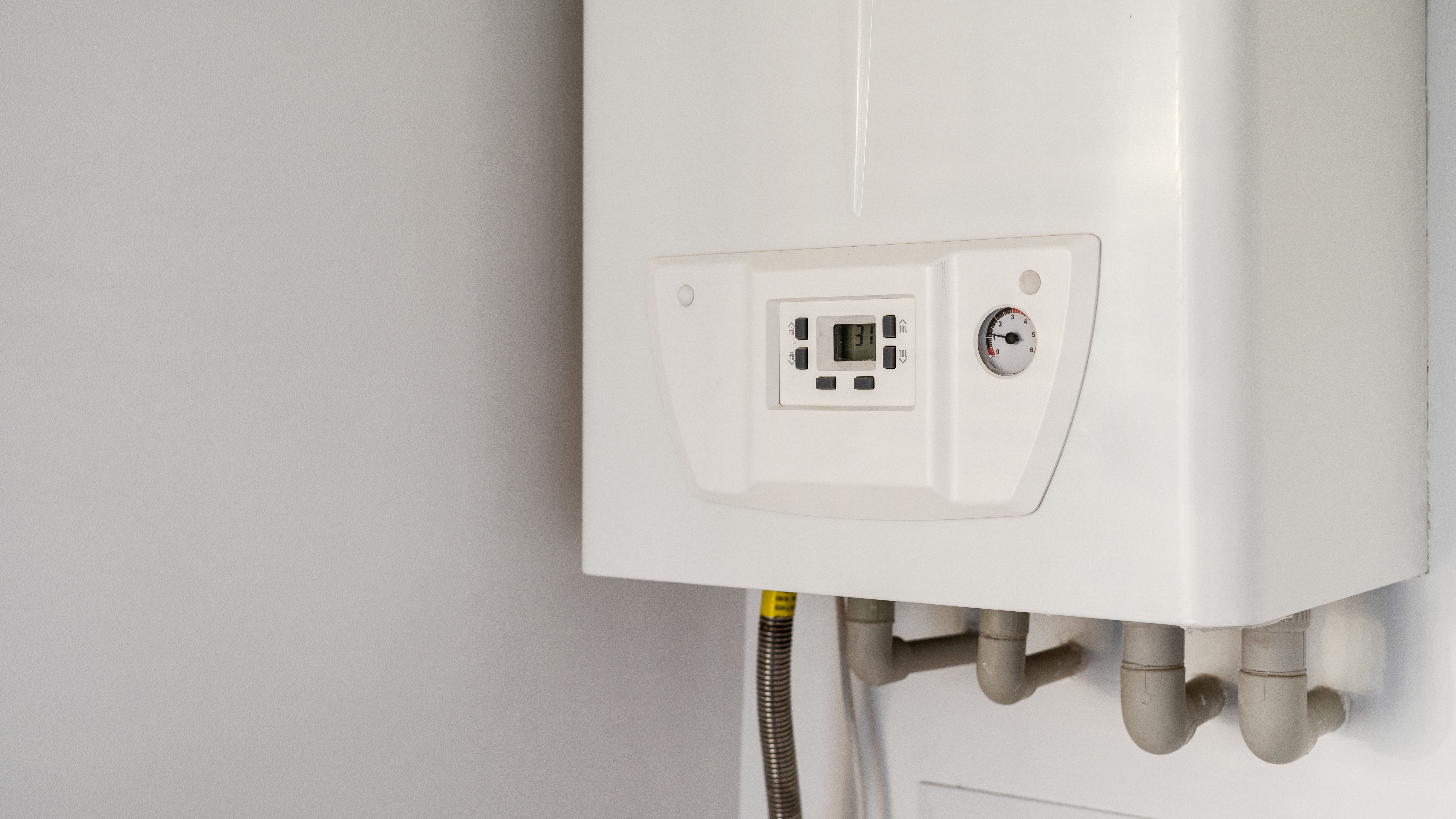As the weather gets frostier, you might consider a dip in a hot tub to warm up. While you’re soaking in that spa, take comfort in the fact that an updated energy standard now covers how much electricity these toasty tubs can consume.
This November, the American National Standards Institute (ANSI) approved an update to the 2014 portable electric spa standard developed and maintained by the Pool and Hot Tub Alliance (PHTA). The new 2019 standard increases the minimum energy efficiency level for portable spas, including exercise spas and combination spas that have a standard side and an exercise side. The standard also addresses inflatable spas for the first time, and it clarifies how combination exercise spas must be tested.
Although they are rarely moved after initial installation, most hot tubs installed are “portable spas” like the one pictured with this post. ANSI defines a portable spa as “A factory-built electric spa or hot tub, supplied with equipment for heating and circulating water at the time of sale or sold separately for subsequent attachment.” Inflatable spas are low-cost (and much less energy-efficient) alternatives.
The standard is voluntary, but state and even local governments can give it the force of law if they pass a bill requiring products sold in their jurisdiction meet the ANSI 2019 standard. Three states—Colorado, Vermont, and Washington—have adopted standards requiring that portable electric spas meet ANSI’s 2014 standard, and Arizona, Connecticut, and Oregon require that portable electric spas meet an even older ANSI standard.
The updated standard represents a clear step towards more energy efficient hot tubs, but so far, only California’s standard offers energy savings similar to ANSI’s 2019 standard. But other states could easily follow: Today, approximately 76% of standard, exercise, and combination spa models on the market already meet or exceed the ANSI 2019 standard. If all spas were to meet the standard, the savings would really add up.
According to ASAP’s analysis, ensuring that all spas sold meet the 2019 standard would save 23 billion kilowatt-hours (kWh) of electricity by 2035, up from just 6 billion kWh of electricity by 2035 under the old 2014 standard. If all states adopt the 2019 portable electric spa standard, the US would avoid emitting 8.7 million metric tons of carbon dioxide (CO2) by 2035, equivalent to one year of greenhouse gas emissions of more than 1.8 million cars. For states with environmental or climate goals, new standards for portable electric spas is a cost-effective carbon reduction policy. Acting on the whole package of ASAP’s recommended state standards would save even more. We’ve published state-by-state estimates of how much states can save with updated hot tub and other efficiency standards.
The standard governs how much standby power the spa can draw to keep the water in it hot while the spa is not in use. Manufacturers must measure how much energy the spa uses while maintaining a certain water temperature over the duration of the test. Improved insulation, covers, and design all contribute to making an energy efficient spa. A significant portion of the savings that the 2019 standard delivers over the 2014 standard comes from the inclusion of inflatable spas.
ASAP has estimated that, although the new standard would cost consumers about $100 more upfront, buyers of standard spas would save about $450 and buyers of inflatable spas would save about $1,300 each year. Now that’s a fast payback.
Close to 1 million hot tubs are sold annually. No matter what the season, ensuring these hot tubs do not needlessly waste energy and contribute to climate change emissions will make your next hot tub dip even more relaxing. Just don’t forget your towel before you hop in.





